
Browse an alphabetical list of articles about the Holocaust and World War II. Learn more about topics such as the Nazi rise to power, how and why the Holocaust happened, life in Nazi camps and ghettos, and the postwar trials.
<< Previous | Displaying results 201-243 of 1105 for "Article" | Next >>
Children's diaries bear witness to some of the most heartbreaking experiences of the Holocaust. Learn about the diary and experiences of Chaim Kozienicki.
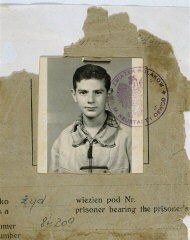
Yiddish writer Chaim Yelin was a leader of the Kovno ghetto underground resistance movement again the Germans.
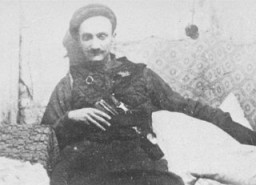
Read the Jewish Partisan Educational Foundation's short biography of Charles Bedzow.
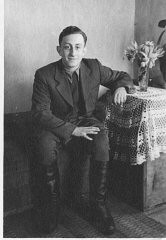
Charles Coughlin, Catholic priest and populist leader, promoted antisemitic and pro-fascist views. In the 1930s, he was one of the most influential public figures in the US.
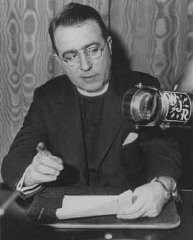
The Chelmno killing center was the first stationary facility where poison gas was used for mass murder of Jews. Killing operations began there in December 1941.
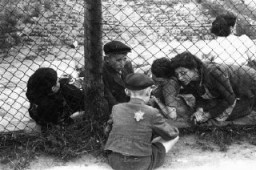
Children were especially vulnerable to Nazi persecution. Learn more about the fates of Jewish and non-Jewish children.

During WWII, the Children’s Aid Society (OSE) operated 14 children's homes throughout France to save Jewish children from internment and deportation to killing centers.
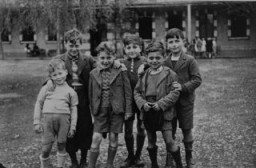
Of the millions of children who suffered persecution at the hands of the Nazis and their Axis partners, a small number wrote diaries and journals that have survived.
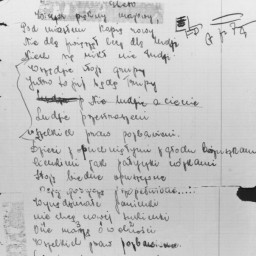
Japanese diplomat Chiune (Sempo) Sugihara was recognized as a "Righteous Among the Nations" for his aid to refugees in Lithuania during World War II.
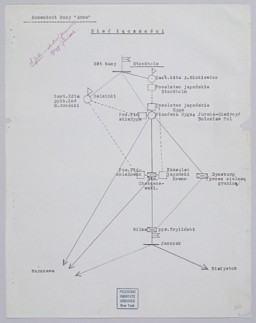
After WWII, many Holocaust survivors, unable to return to their homes, lived in displaced persons camps in Germany, Austria, and Italy. Read about Cinecittà DP camp.
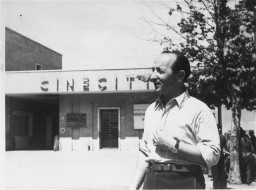
The Nazis used color-coded badges sewn onto uniforms to classify prisoners in the camp system and to easily identify the alleged reason for an individual’s incarceration.
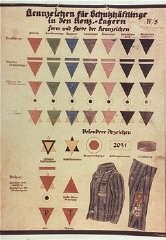
Polish-Jewish lawyer Raphael Lemkin introduced the word genocide in 1944 and lobbied tirelessly for its addition as a crime in international law.
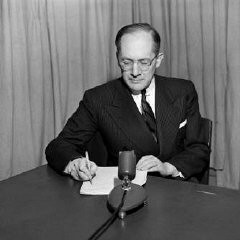
To perpetrate the Holocaust, Nazi Germany relied on the help of allies and collaborators from across Europe, including governments, institutions, and individuals.
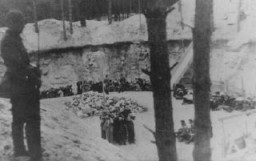
Karl Höcker created a personal album of photographs chronicling SS officers’ activities at Auschwitz. Learn about this chilling collection.
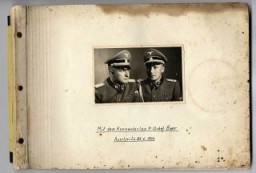
While living under an assumed identity after escaping from the Lvov ghetto, Selma Schwarzwald received a toy bear that she kept with her for many years. Read about Refugee the bear.

The Columbia-Haus camp was one of the early camps established by the Nazi regime. It held primarily political detainees. Learn more about the history of the camp.
At the Nuremberg trials, Allied prosecutors submitted documentation left by the Nazi state itself. This evidence is a lasting refutation of attempts to deny the Holocaust.

Learn about some of the origins of Holocaust denial, including the euphemistic language the Nazis used to describe their policies and actions.
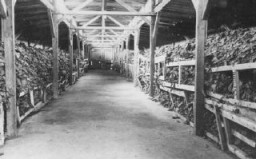
The Commissar Order was issued by the German Armed Forces High Command on June 6, 1941. It ordered soldiers to shoot Soviet Communist Party officials taken prisoner.
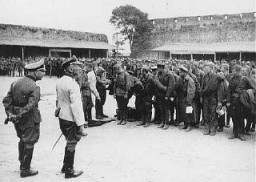
Communist ideas spread rapidly in Europe during the 19th and 20th centuries, offering an alternative to both capitalism and far-right fascism and setting the stage for a political conflict with global repercussions.
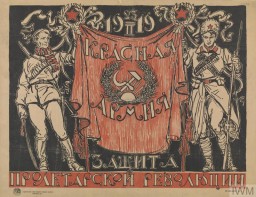
The Nazi regime's extensive camp system included concentration camps, forced-labor camps, prisoner-of-war camps, transit camps, and killing centers.
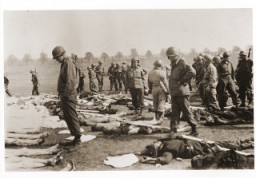
Learn about early concentration camps the Nazi regime established in Germany, and the expansion of the camp system during the Holocaust and World War II.
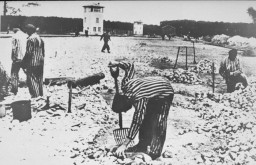
As Germany conquered much of Europe, the concentration camp system expanded in size, function, and number of prisoners. Learn about concentration camps from 1939–1942.
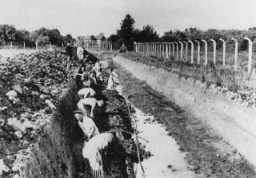
Learn about the Nazi concentration camp system between 1942 and 1945. Read about forced labor, evacuations, medical experiments, and liberation during this period.
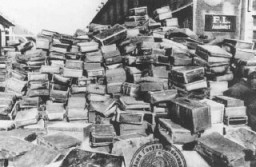
Each cookbook or recipe in the Museum’s collection tells a story. Learn more about the significance of these documents during the Holocaust.

Corrie ten Boom was recognized as a Righteous Among the Nations for her efforts to shelter Jews during the German occupation of the Netherlands
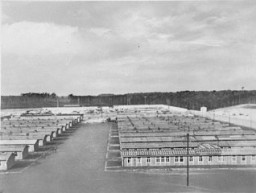
After WWII, many Holocaust survivors, unable to return to their homes, lived in displaced persons camps in Germany, Austria, and Italy. Read about Cremona DP camp.
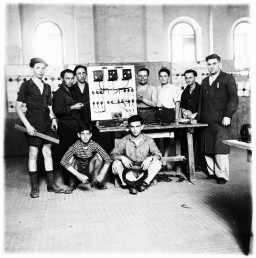
In Nazi Germany, a chief role of culture was to disseminate the Nazi worldview. Arts and cultural organizations were to be synchronized with Nazi ideology and policy.
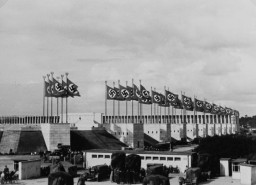
Nazi leaders aimed to change the cultural landscape through the "synchronization of culture," by which the arts were brought in line with Nazi ideology and goals.
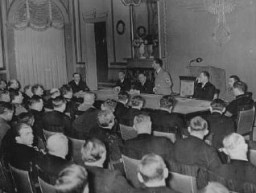
In 1946-48, the British government intercepted tens of thousands of Holocaust survivors seeking to reach Palestine and held them in detention camps on Cyprus.
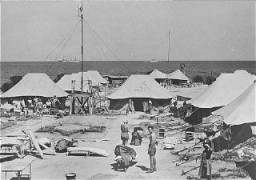
Learn more about pre-World War II Czechoslovakia and about the annexation of Czechoslovak territory by Nazi Germany in 1938.
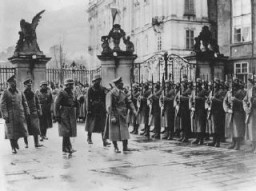
Dachau was the first and longest operating Nazi concentration camp. Learn about the camp's early years, prisoners, medical experiments, and liberation.
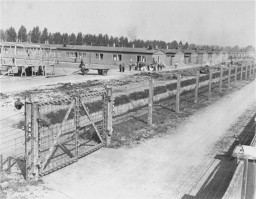
Hitler was determined to overturn the military and territorial provisions of the Versailles treaty, among it was much resented loss of the city of Danzig after WWI.

From 2003 to 2005, an estimated 200,000 civilians died as a result of a campaign of violence in Darfur by the Sudanese government. In 2004, the US Secretary of State called this violence a genocide.
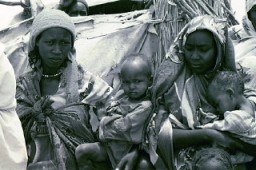
David Bayer lived in Kozienice, Poland. Explore his biography and learn about his experiences during World War II and the Holocaust.
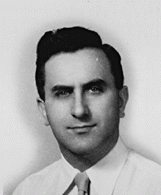
Read the Jewish Partisan Educational Foundation's short biography of David Broudo.

Young people's diaries capture some of the most heartbreaking experiences of the Holocaust. Learn about the diary and experiences of David Sierakowiak.
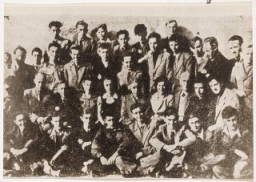
The D-Day invasion was the largest amphibious attack in history. Read articles and browse photos and videos of Allied forces invading Normandy on June 6, 1944.
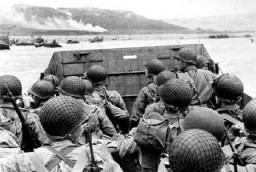
Adolf Hitler's Nazi aimed to purify the genetic makeup of the German population through measures known as racial hygiene or eugenics.
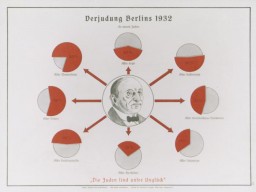
As Allied forces approached Nazi camps in the last months of WWII, the SS organized brutal “death marches” (forced evacuations) of concentration camp inmates.
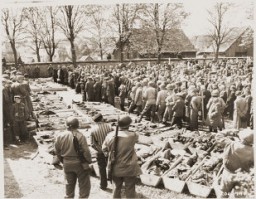
Near the end of WWII, the Germans began marching prisoners out of camps and away from the front. Read more about the brutal conditions of these death marches.
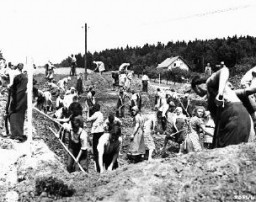
Difficult debates took place within ghettos about whether and how to resist under the most adverse conditions. Read a rare account from the Lokacze ghetto.
The Nazis frequently used propaganda to disguise their political aims and deceive the German and international public. Learn more.
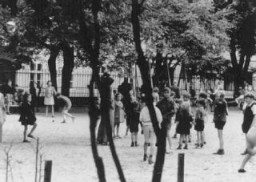
We would like to thank Crown Family Philanthropies, Abe and Ida Cooper Foundation, the Claims Conference, EVZ, and BMF for supporting the ongoing work to create content and resources for the Holocaust Encyclopedia. View the list of donor acknowledgement.